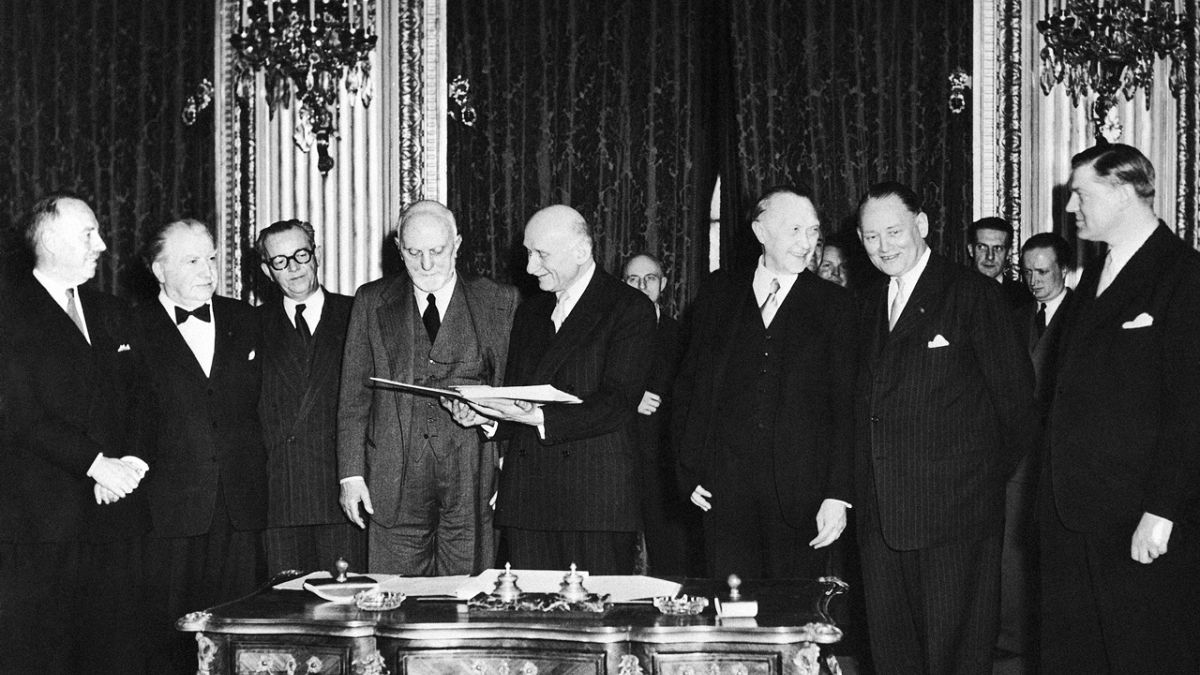In 1951, six European countries joined forces to create a common market on coal and steel, introducing the idea of supranationalism.
The European Union we know today was forged on coal and steel – in the almost literal sense of the expression.
In the early 1950s, the continent was desperately searching for a guarantee to prevent a new armed conflict. After suffering the devastation and bloodshed of two world wars, Europe knew it could not afford a third one.
Robert Schuman, who was then France's foreign affairs minister, had a surprising idea: France and West Germany, two long-time rivals, should combine their coal and steel productions.
By merging these industries, which were essential to wage war, a confrontation would become "materially impossible" and pave the way for a peaceful and united Europe.
"Europe will not be made all at once, or according to a single plan. It will be built through concrete achievements which first create a de-facto solidarity," Schuman said in May 1950.
Almost a year later, the European Coal and Steel Community (ECSC) was established by France, West Germany, Italy, Belgium, the Netherlands and Luxembourg.
The six countries gradually built a joint, seamless market on coal and steel where custom duties and subsidies were abolished, while cartels and mergers were subject to common rules.
But the community's greatest achievement was not economic but rather political: the ECSC helped introduced the novel concept of supranationalism, the foundation of the EU we know today.
Watch the video above to learn more about the European Coal and Steel Community.
